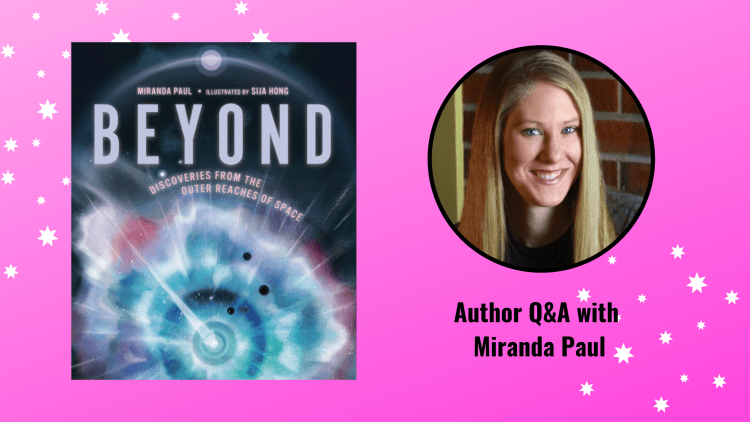The Secret Life of Kitty Granger: An Interview with Author G. D. Falksen
The Secret Life of Kitty Granger is a suspenseful thriller and a nuanced portrayal of neurodivergence set in 1967 London. Sixteen-year-old Kitty Granger hates noise and crowds, tends to fixate on patterns, and often feels acutely aware of her surroundings even as she struggles to interpret the behavior of people around her. When Kitty’s keen observation and quick thinking help her survive a dangerous encounter, two secret agents working for Her Majesty’s government offer her a job in their espionage operation. On her very first mission, she must foil a fascist plot and save the country!
Today author G.D. Falksen discusses his writing process, research strategies, and creative life.
What is your writing process like?
I like to describe my writing process as having an interconnected web of ideas: character concepts, settings, storylines. As I develop them all individually, I start to draw connections between them. This plot would go well for this character, or that storyline would work great in this world, etc. I usually develop characters and setting first and then construct a story that fits them.
What kind of research do you do for your books?
Research is actually my favorite part of the writing process outside of actually writing. I tend to read a lot of historical nonfiction in my free time, and I often get ideas for characters and stories from that. When doing research for a book, I like to look at a mix of primary and secondary sources wherever possible.
What is the most difficult part of your writing process?
By the time I start writing, I usually have the book’s entire plotline fully worked out, including individual scenes and dialogue. The story is already there, I’m just trying to find the best words to describe it. And I would say that is the hardest part: figuring out the ideal combination of words to show someone else the scene I have imagined.
How many hours a day do your write?
It varies from day to day depending on my schedule, but my ideal work time is between four and eight hours in the evening. The longer I spend on a writing session, the more writing per hour I get done, so I try to find large blocks of time to write whenever possible. But even when I don’t have the time to sit down and write on a given day, I’m still brainstorming ideas, doing research in my free time, or refining plot details. The work that I do outside of actually writing helps make the writing process go much faster and smoother.
Does writing energize or exhaust you?
Both, actually. Writing is kind of like a marathon for your brain. It feels great do to, but by the time you’re finished, you’re exhausted.
Don’t miss our Instagram story with new profiles of all the major characters posted Monday-Friday!
Praise for The Secret Life of Kitty Granger
“[T]his rip-roaring tale starring a compelling heroine will satisfy anyone looking for a fun, quirky adventure.”—Booklist
“[A] ripping read that is historically grounded, drawing a direct line from past events to current debates over diversity, immigration, and the eternal peril of fascism. Nail-biting fascism-fighting featuring an atypical heroine.”—Kirkus Reviews
“A fun thriller spotlighting a neurodivergent protagonist . . .”—School Library Journal
“Delightful, poignant, and suspenseful.”—Jennieke Cohen, author of Dangerous Alliance
“You’ll root for Kitty Granger, a heroine for our times, from the first to the last page.”—Sarah Ahiers, author of Assassin’s Heart and Thief’s Cunning
Teacher Resources
Dive deeper into Kitty’s story with these awesome activities and discussion guide!
Read more inspiring author and illustrator interviews on our blog!




Comments